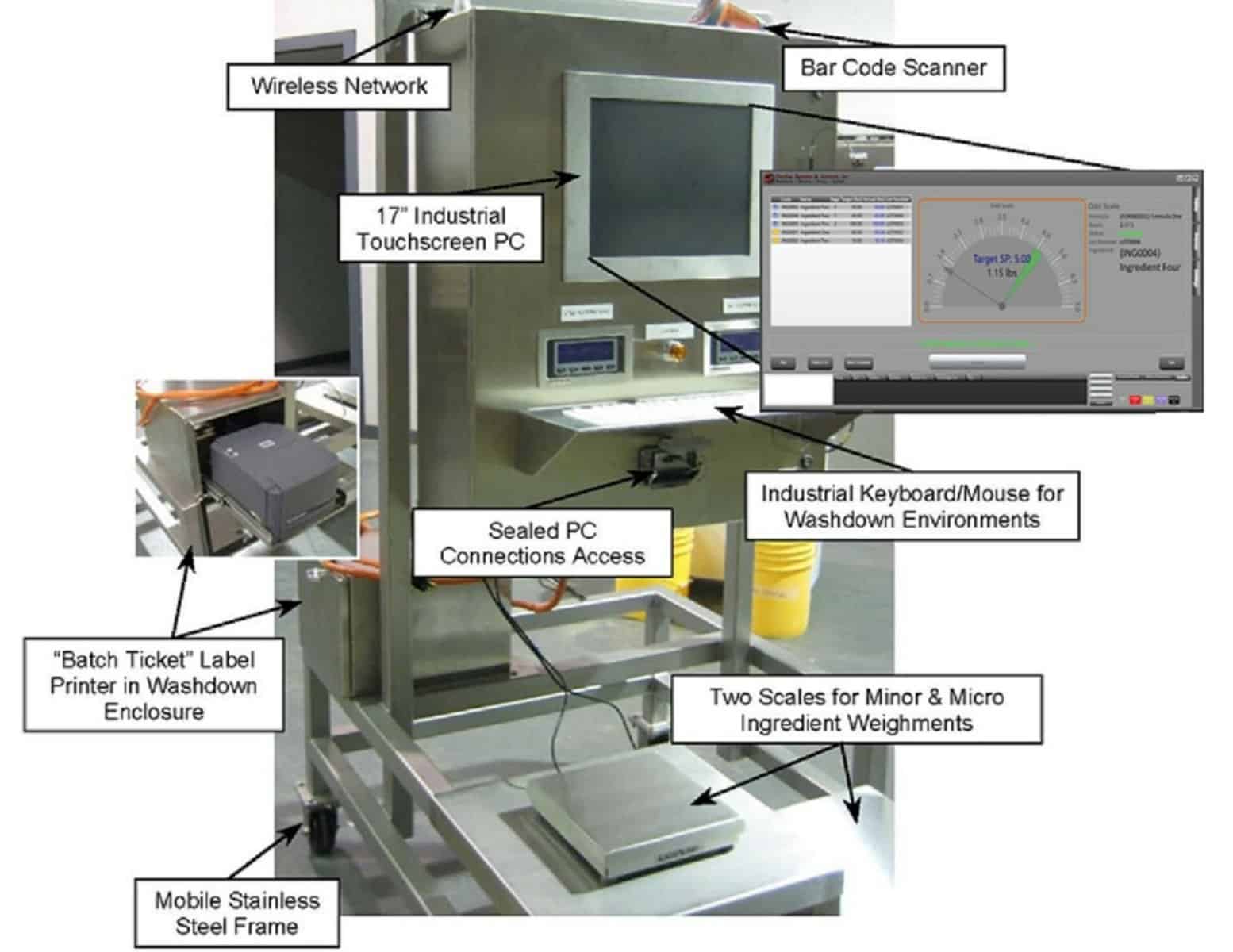Robotics in the process industry encompasses many applications, from assembly lines to hazardous material handling. It is imperative to uphold stringent safety protocols to protect workers, equipment, and the environment. The Occupational Safety and Health Administration (OSHA) in the United States plays a critical role in setting guidelines and standards to regulate the safe integration of robotics in industrial settings.
Robotics and compliance
ANSI/RIA R15.06, a widely recognized standard for industrial robots’ safety, harmonizes with ISO standards, particularly ISO 10218 and ISO 13849, within the context of robotics in the process industry. While ANSI/RIA R15.06 primarily addresses safety requirements for industrial robots, ISO 10218 focuses on robot and robotic device safety, and ISO 13849 deals with general machinery safety.
In the process industry, aligning with both ANSI/RIA R15.06 and relevant ISO standards ensures a comprehensive approach to safety. The combination of these standards establishes a robust framework for risk assessment, safety protocols, and operational guidelines specific to robotic applications. This alignment enables engineers and professionals in the process industry to integrate internationally recognized safety practices, enhancing safety measures while deploying robotic systems. The complementary nature of ANSI/RIA R15.06 and ISO standards fosters a safer working environment by offering a unified set of guidelines that mitigate risks associated with robotics in industrial processes.
OSHA Standards in Robotics
OSHA doesn’t have specific standards solely dedicated to robotics; however, it applies existing regulations and guidelines to ensure safety in robotic applications. For instance, when dealing with robotics, OSHA references standards for machine guarding, lockout/tagout procedures, electrical safety, and personal protective equipment (PPE). These standards provide a foundational framework for addressing potential hazards associated with robotic systems.
Using robotics in the process industry necessitates a risk assessment to identify and mitigate potential dangers. OSHA emphasizes the importance of conducting thorough risk assessments, which involve evaluating the robot’s speed, power, workspace, and possible human interactions.
Safety Measures for Employees Operating Alongside Robots
OSHA identifies eight hazards associated with robot applications, including impact, crushing, electrical, and environmental risks. Studies reveal that most robot-related injuries occur during assembly, installation, testing, or maintenance rather than normal operations. Therefore, heightened precautions are essential during these tasks to ensure employee safety. OSHA’s insights provide valuable information for safeguarding workers in environments where robots are utilized, emphasizing the need for careful attention during potentially hazardous activities.
Current Challenges in Integrating Safety in Robotics
Despite the existing standards and guidelines, several challenges persist in ensuring optimal safety while integrating robotics into the process industry.
- Risk Assessment Complexity: Performing comprehensive risk assessments for robotics in the process industry can be intricate due to the dynamic nature of operations. Assessing risks across diverse processes and applications requires expertise and time, often presenting a challenge for process engineering professionals.
- Human-Robot Collaboration: The emergence of collaborative robots, or cobots, introduces new challenges in ensuring human safety during robot interactions. Establishing safety protocols that facilitate safe coexistence and collaboration between humans and robots without compromising productivity remains challenging.
- Training and Awareness: Proper training for workers interacting with robotic systems is crucial. Lack of awareness or insufficient training can lead to accidents or errors. Engineers and workers need to understand the intricacies of these systems to operate them safely and efficiently.
- Adaptation to Evolving Technology: As robotics technology evolves rapidly, ensuring that safety standards and protocols keep pace with advancements remains a constant challenge. Integrating new technologies into existing safety frameworks while ensuring compliance poses a significant challenge for industries.
Overcoming Challenges and Ensuring Safety:
Addressing these challenges requires a multifaceted approach that involves collaboration among engineers, safety experts, and regulatory bodies.
- Robust Risk Assessment Protocols: Developing standardized risk assessment methodologies tailored to the intricacies of the process industry can streamline safety measures. Collaboration between process engineers and safety specialists is crucial in identifying potential hazards and implementing appropriate control measures.
- Enhanced Training Programs: Investing in comprehensive training programs for workers involved in robotic operations is essential. These programs should cover operational aspects, safety protocols, emergency procedures, and human-robot interaction guidelines.
- Continuous Evaluation and Adaptation: Regular evaluations and updates to safety protocols based on technological advancements and industry best practices are essential. This requires a proactive approach from industry stakeholders to ensure that safety measures remain relevant and effective.
Compliance with International Standards
Apart from OSHA guidelines, adhering to international safety standards such as ISO 10218 (robots and robotic devices) and ISO 13849 (safety of machinery) can further enhance safety measures within the process industry.
In conclusion, while robotics integration in the process industry brings unparalleled efficiency and precision, ensuring safety remains a critical priority. Despite lacking specific robotics standards, OSHA provides a framework that, when complemented with industry-specific measures, aids in mitigating risks.
Addressing challenges through robust risk assessments, comprehensive training, and continuous adaptation of safety protocols is crucial to fostering a safer working environment in robotics within the process industry. Collaboration among stakeholders is key to navigating these challenges and ensuring a harmonious blend of technological advancement and workplace safety.










































